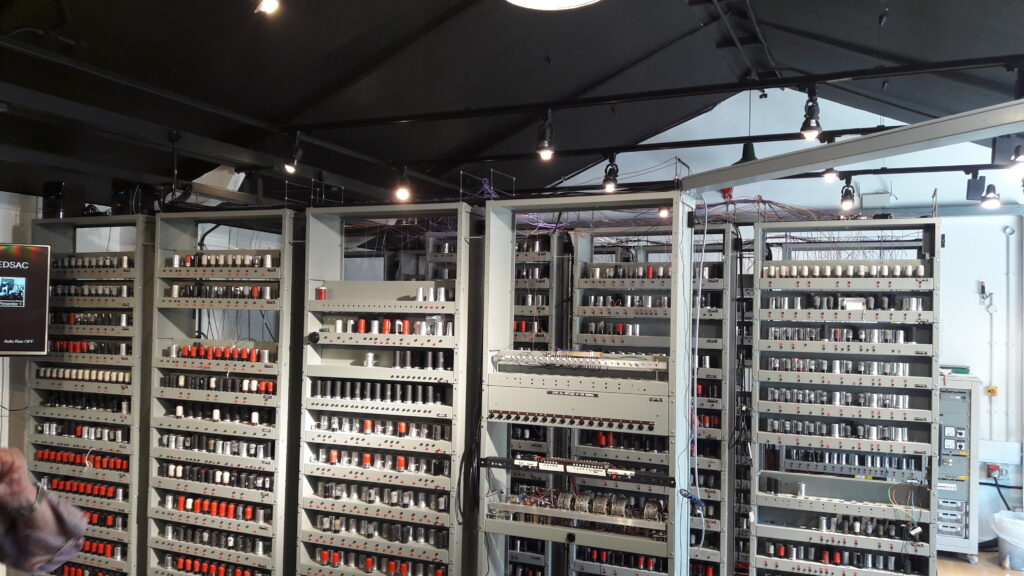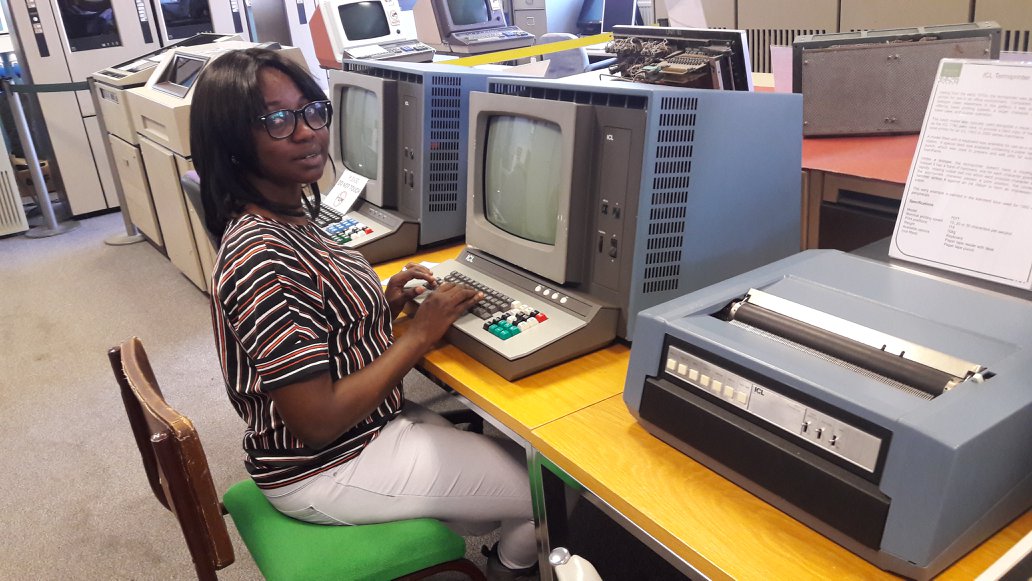I bought a new Dell Laptop with 8Gb RAM and 512 Hard Disk, 2.2Hz processor speed and I saw myself returning it back to the store the following day because I could not cope with the speed – it was too slow for my liking.
Then, I bought another one with the following specifications:
16Gb RAM, a quad core processor with speed of 2.8Hz and 3.5Hz at turbo boost, Hard-disk size is 1Tb Hard disk plus a 128G SSD storage. When the second computer arrived three days ago, I loved it performance but was disappointed at the size – It appeared too tiny! 😜
Tiny, in relation to the computers I saw a few weeks back when I visited Bletchely Park. My experience at the National Musuem of Computing took me years’ back in the evolution of computer hardware.
As with any technology; the more advanced the development, the more it gets shrinked in physical size. The early computers required the operators to take the standing posture in order to use them, with time the physical size reduced such that operators could sit down and use. Now, computers can fit conveniently into our bags and we can take them home from work. A similar computer with my specifications in those days would have costed a fortune.
I could imagine a lot of them not having the liberty to go home and must remain at their various offices to work in order to meet up with project deadlines. I could imagine them standing on their feet for hours trying to run and debug codes. The architecture of most of the computers then required users to supply input data using punched tapes, a single programming error (bug) would render the tape useless and the programmer would start all over. Imagine having to type your codes all over just because of an error.
At Bletchely park, I operated Dekatron, a UK computer of 1950s and the world’s oldest working computer (https://en.wikipedia.org/wiki/Harwell_computer). The computer processed one instruction in 3 seconds!
Personally, I am fascinated by designs when working on application that have Graphic User Interface GUI, but computers started from being tools used to handle complex mathematical operations with no consideration for GUI designs (even if there was such considerations, how beautiful can a black and white interface be?)

The early computers architectures were unable to store programming intructions or even data but soon evolved and made use of mercury liquid in what can be compared to today’s RAM, I became tired after carrying some bunch of RAM each of size 24Mb and 12.5kg weight – Thanks to hardware researchers and manufacturers for the great work they do in bringing down the physical size of computers and the assessories.
It definitely required greater courage to be a programmer in those days than now! Maybe I wouldnt have ventured into this field if I was around then because it would have been such a boring one.



